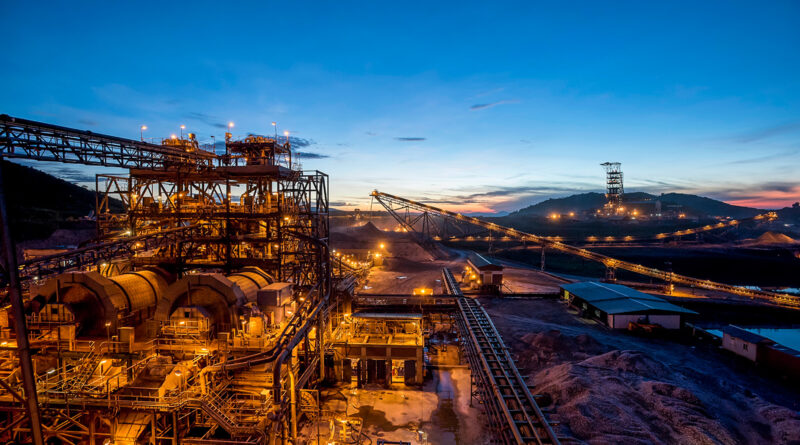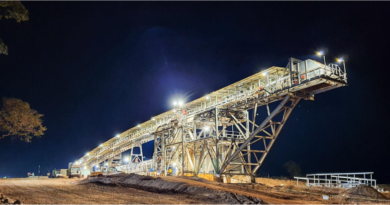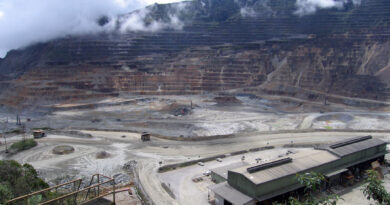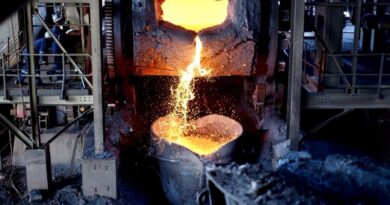Pioneering Kibali plans further partner-based development
KIBALI, Democratic Republic of Congo – Since Kibali went into production 10 years ago it has not only grown into Africa’s largest gold mine, it has also opened a new mining frontier in the DRC and stimulated the development of a thriving regional economy in the country’s North-East province, says Mark Bristow, Barrick president and chief executive.
Speaking at a media visit to Kibali, Bristow said the mutually beneficial partnership between the company and its local stakeholders, notably the government, contractors, service providers, employees and the community, had demonstrated that it was possible to build and operate a successful, world-class mine, run by host country nationals in one of Africa’s remotest corners.
In the 13 years since the acquisition of the property which became Kibali, it has invested more than $4.6 billion in the DRC, with payments to: local contractors and suppliers alone amounting to almost $2.4 billion; $1.4 billion going to the government in the form of royalties, taxes and permits; salaries amounting to $621 million; and the investment of $196 million in infrastructure development and community support.
“Kibali has multiple partnerships with local businesses, many of which we have actively mentored, such as the all-Congolese team that built the mine’s Azambi hydropower station,” Bristow said.
“Kibali’s three continuously upgraded hydropower stations and their battery back-up system have put it in the lead of the Barrick group’s green energy drive. At present, approximately 80% of the mine’s power requirement is provided by renewable energy sources and this will rise when the planned new solar plant is commissioned in 2025, further reducing Kibali’s carbon footprint as well as its costs.”
For the fourth successive year, exploration more than replaced the gold that Kibali mined in 2022, extending the mine’s Tier One1 production profile to 2033 and growing reserves to a level equivalent that in the original 2010 feasibility study, despite producing more than 6.4 million ounces of gold since commissioning2. It continues to explore for additional reserves to replace depletion at Kibali and for new growth opportunities elsewhere in the DRC.
The mine also continues to invest in the recruitment and training of Congolese nationals, who already account for 95% of its workforce and 76% of its leadership, with special emphasis on the skills development of potential managers and technicians.
The Barrick group is an industry leader in sustainability with a strategy that holistically links the management of challenges related to climate change, poverty and biodiversity loss. Kibali has a particular interest in the future of Africa’s biodiversity and will write a new chapter in its long support for the DRC’s Garamba National Park with the introduction of a sustainable population of white rhinos in partnership with African Parks and the DRC people.




